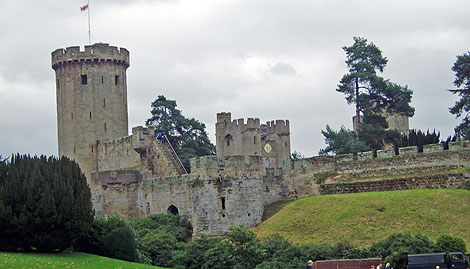![]()
What you must do in this unit
- Review chapter 8 in the textbook.
- Read my notes on feudalism.
- Study the Questions to Consider and the Key Terms for the Unit.
- Review some online sources for feudal documents.
- Submit the Required Feudalism group project and peer evaluations (100 points).
What you can do in this unit
- Listen to some further information about this unit as a mp3 file. You can also read the information as a txt file.
Some videos that you can watch for this unit
- Feudalism
- Feudalism: The Medieval Way of Life
- The Rise of Feudalism
- For extra credit please suggest to your instructor a relevant video for this unit of the course. Send the title of the video, the URL and a brief explanation of why you find the video interesting and applicable to the material that is being studied in this unit.
Extra Credit Options
- For up to 25 points of extra credit, in a short paper (one-page maximum) identify some of the key points of chivalry and explain when and how chivalry emerged in Western Europe. Remember to cite sources.
- For up to 10 points of extra credit, in a long paragraph, using the Court Rolls of The Manor of Wakefield, identify some of the main features of medieval, feudal society.
- For up to 10 points of extra credit, medieval judicial procedures were quite amazing. Write a long paragraph and comment upon some of the different kinds of "trial by ordeal" practiced in the Middle Ages. Please be sure to cite your sources such as Ordeal of Boiling Water and Hot Iron and Cold Water.
- For up to 5 points of extra credit, answer the Feudal Document study sheet questions.
- For extra credit, please suggest a relevant website for this unit of the course. Send your instructor the title of the site, the URL and a brief explanation why you find the information interesting and applicable to the material being studied this unit.
Unit Learning Objectives
- Upon successful completion of this unit, you will be able to (1) demonstrate knowledge of key events in medieval Europe, (2) explain the characteristics of feudalism and (3) analyze a historical primary source.
